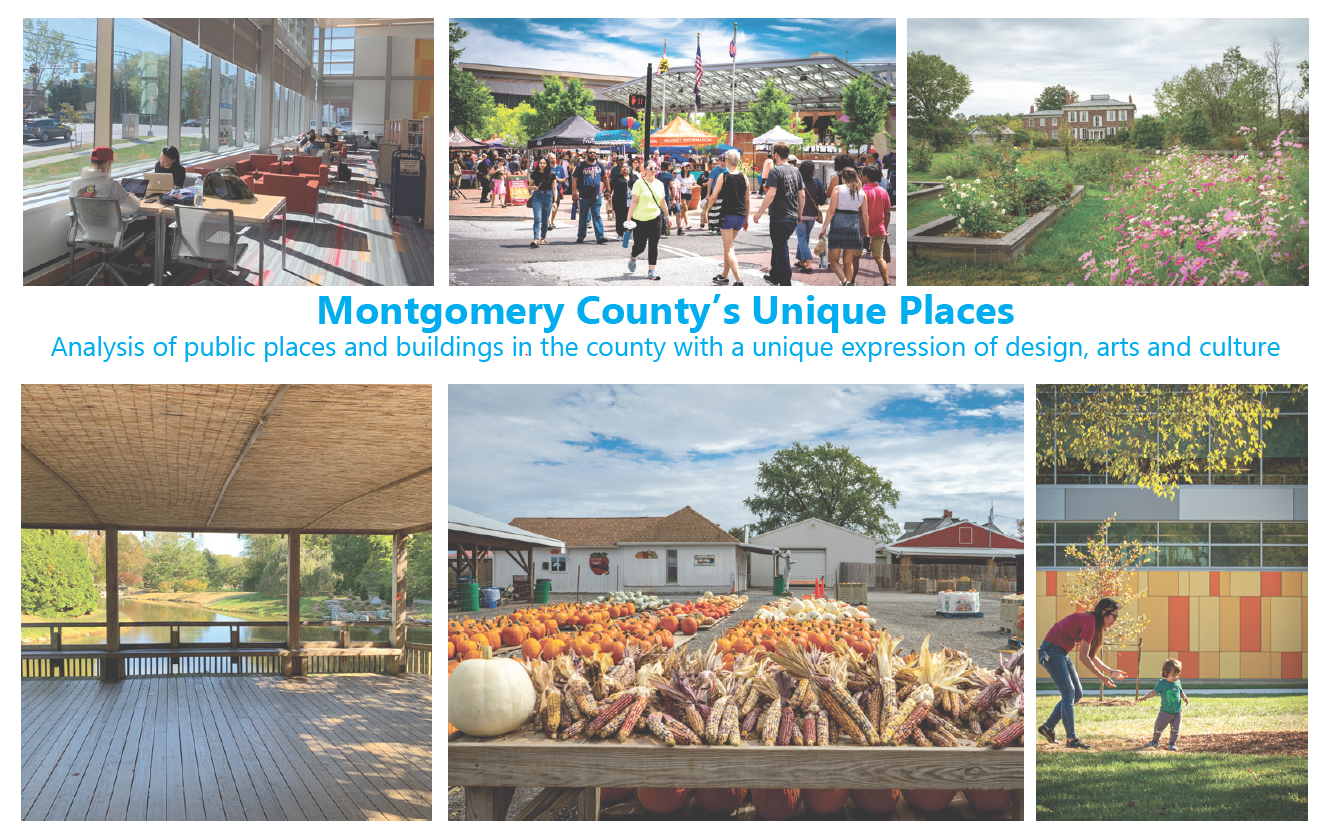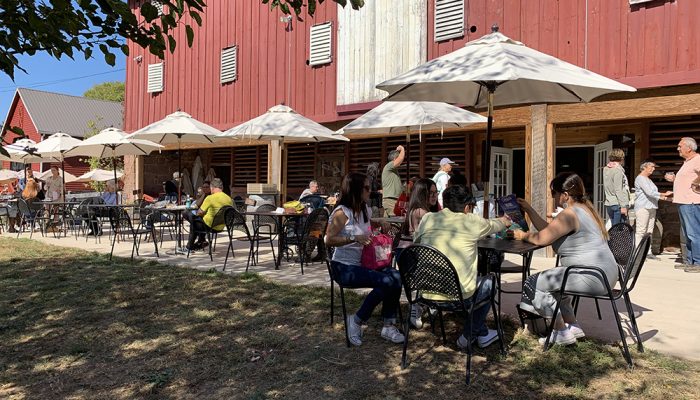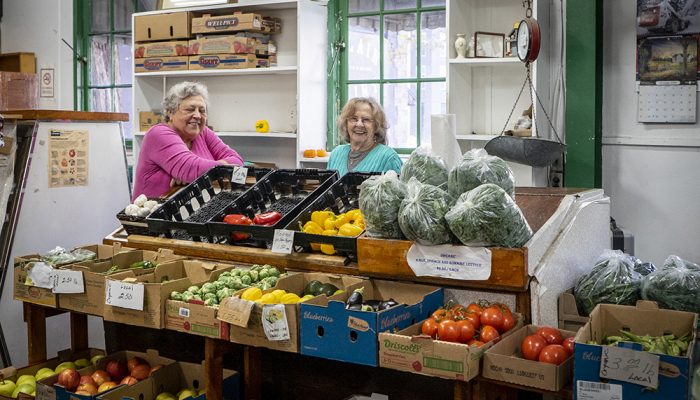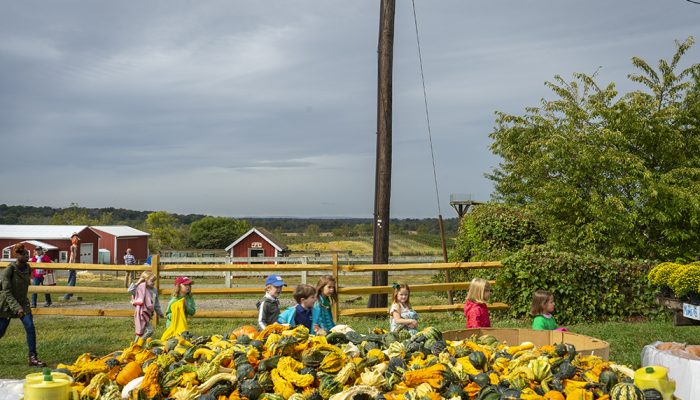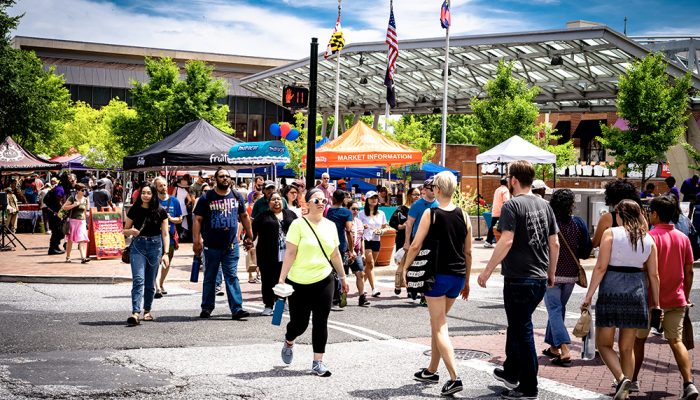By Natasha Fahim, Tsaiquan Gatling and Atul Sharma
How to design unique places Montgomery County residents will love for generations
Public places are the heart of any thriving community. It’s where we spend time with our family, meet our friends, and experience new things. Without great public places, a community lacks a sense of identity and pride. It is becoming more important that we emphasize creating successful public places, in order to support our communities, as the growth of technology enables many social activities to move from the community onto the internet.
Thrive Montgomery 2050 is a collective community effort to figure out – together – how Montgomery County can be a great community over the next 30 years. As we examine policies that will shape the future design of public places in the county, we need to understand what makes a public place successful.
There are already a variety of unique public spaces and buildings in the county–including urban plazas, parks, agricultural lands, civic buildings and historic sites, as well as informal gathering spots and temporary festivals–that residents and visitors use and love. What people do when they visit these places and how the design of these places shapes people’s behaviors and experiences is instructive of what makes these places so attractive.
Ten principles that united these public spaces emerged and can offer a framework for the design, implementation and management of future public places. These principles represent overarching concepts related to layout, location, access and features. However, each public place must respond to its own local context as well. We don’t know exactly what public places will look like in the year 2050, but here are the principles that we believe should guide the development of the destinations and experiences of future generations in Montgomery County.
- Public places should be easy to get to. In other words, visitors can use a variety of transportation modes – driving, walking, biking, public transit — to arrive at the public place. regardless of where visitors live or work.
- Public places should balance commercial uses, transportation infrastructure and human experience in order to a create an engaging venue capable of developing a strong identity within the community.
- Public places should include activities for different ages, genders, cultural backgrounds and physical abilities.
- Public places should be freely accessible, with free or low-cost activities and programming open to all visitors.
- Public places, both natural and man-made, should be designed to make people feel comfortable and safe.
- Public places should provide basic amenities like seating, shade, bathrooms etc. to encourage people to stay longer and socialize.
- Public places should be flexible, with the ability to accommodate a variety of people and events.
- Public places should build upon historic assets and celebrate the culture and heritage of the surrounding or nearby communities.
- Public places should integrate public art and education into their design and programming, be interactive, engage multiple senses, and make it easy for people to adapt them to suit their needs.
- Streets should be designed as public spaces to be enjoyed by all and as such, should seamlessly link to other public places.
Read our analysis of Montgomery County’s Unique Places.
